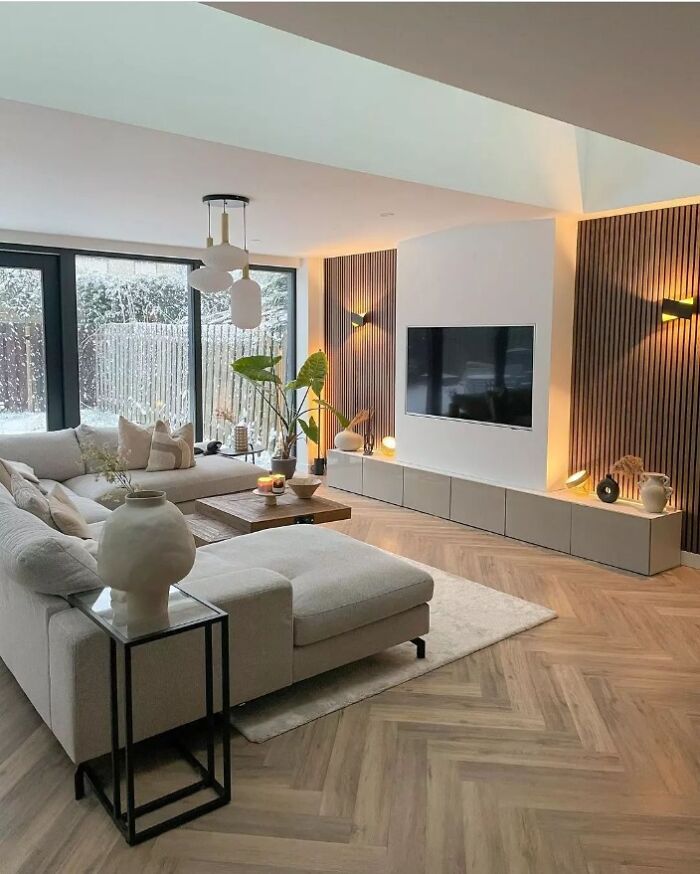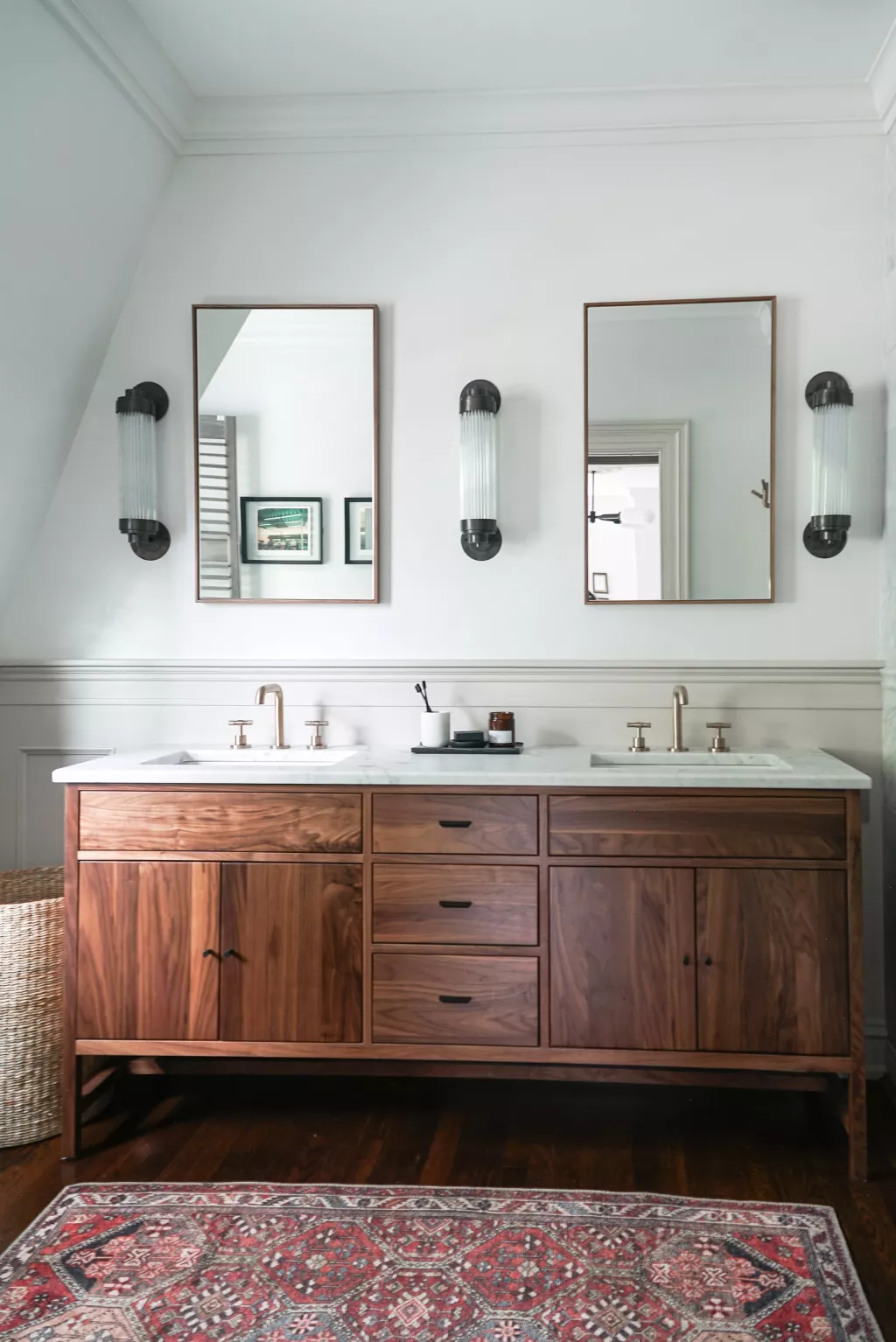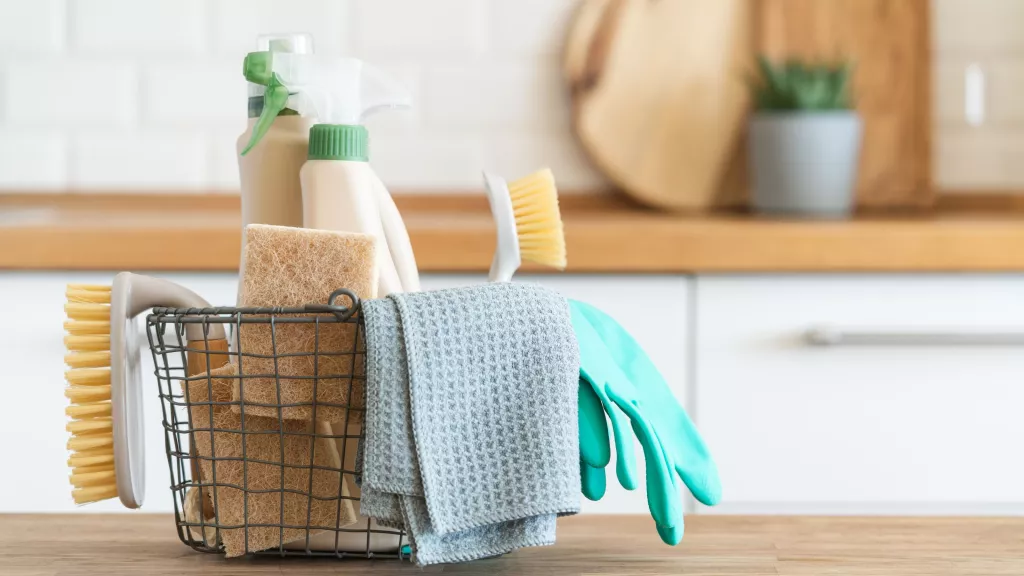Genius studio apartment ideas for even the tiniest places
Are you living in a small studio apartment and looking for ingenious ideas to maximize your space? Look no further! We have curated a collection of genius studio apartment ideas that are perfect for even the tiniest places. With a little creativity and smart planning, you can transform your compact living space into a functional and stylish oasis. From multifunctional furniture to clever storage solutions, these ideas will help you make the most of every square inch. Discover how to create separate zones, utilize vertical space, and incorporate stylish design elements to elevate your studio apartment to new heights. Get ready to be inspired and make your small space feel like a cozy and efficient home.
LIVE IN THE SPACE BEFORE MAKING A FLOOR PLAN

Crafting a floor plan may seem trivial when dealing with a space smaller than 600 square feet. However, it is essential to approach your rental with the same consideration as any other living area. Just as you wouldn’t embark on furniture shopping for a new home without mapping out a floor plan, treating your rental in a similar manner will undoubtedly reflect in the final design.
Nevertheless, prior to sketching a design, it is wise to spend a few days residing in your new studio apartment to grasp a better understanding of how to optimize the space. This approach can provide invaluable insights on how to utilize the area most effectively. As Hopkinson suggests, “My foremost recommendation for every space is to spend some time living in it before making any permanent decisions. Gain an understanding of your movement patterns, the play of light at different times of the day, and other pertinent factors.”
While the notion of moving in with a meticulously planned layout may appear enticing, it is crucial to remain flexible and adapt the plan to suit your individual needs. One small yet impactful suggestion put forth by Hopkinson is to avoid placing all your furniture against the walls. She emphasizes, “Bringing certain pieces into the middle of the space generates captivating pockets of interest and contributes to a sense of completeness within your home.”
PICK FURNITURE WISELY
Arranging furniture in a studio apartment can pose a challenge. With limited space available and everything visible, it becomes crucial to strike a balance between style and functionality. According to Hopkinson, closed storage solutions prove to be immensely helpful in this regard.
In contrast, open storage is not recommended. Hopkinson explains, “In an open-plan space, things can quickly appear cluttered when everything is on full display. Having a clear view of stacks of work papers from your bed can easily lead to a constant work mindset.” To avoid this, it is advisable to opt for closed storage options such as armoires, dressers, and storage benches instead of bookshelves or open shelving.
GO HARD WITH STORAGE
A frequent challenge in creating a well-organized studio is determining the storage options for your belongings. Incorporating multi-use furniture becomes paramount in maximizing the available space. It is worth considering investing in pieces like a storage ottoman, a bed with drawers, or a coffee table with a lift-up top. By opting for furniture with built-in storage, you can effectively free up valuable floor space and significantly enhance the overall atmosphere of your studio.
Fortunately, there is a wide range of stores where you can find exceptional multi-use furniture items. Additionally, online marketplaces and flea markets are excellent avenues to explore for unique and practical finds.
THINK IN ZONES

One valuable lesson Hopkinson learned from living in apartments is the concept of zoning. When creating a floor plan, zoning allows you to divide your space into distinct areas, essentially creating small pockets within a larger area. “The key is to ensure that your zones maintain a cohesive feel, with consistent tones, while incorporating subtle variations in texture or pattern,” explains Hopkinson. “This helps your mind transition between different zones and states of mind.”
Decorative elements play a significant role in achieving effective zoning. Consider incorporating rugs of different shapes, tones, and textures to delineate specific areas. Screens are also a clever way to visually and physically separate spaces, particularly useful for offices and bedrooms. If permitted, painting the walls or using renter-friendly wallpaper can create a sense of individual “rooms” within your space. Alternatively, you can embrace a unified color scheme for your accessories and artwork—just remember to hang items using non-wall-damaging adhesive strips. By viewing each zone as its own micro-room, you’ll experience a greater sense of spaciousness and a more inviting atmosphere.
ADD VISUAL INTEREST WITH PATTERNS AND TEXTURES
The manner in which you choose to decorate your studio is a highly subjective decision. However, adhering to a select color palette can contribute to a more visually sophisticated and harmonious appearance. According to Hopkinson, “Personally, I find it challenging to relax in an environment filled with an abundance of textures and colors. Therefore, I prefer to maintain a cohesive tonal scheme while introducing variations through texture.”
If you have a fondness for vibrant colors, incorporating a different shade for each zone can add an appealing touch. It’s important to note that this can be achieved in subtle ways, such as utilizing throw pillows, picture frames, or decorative trinkets.
KEEP YOUR SPACE CLEAR OF CLUTTER
One of the most effective ways to elevate the ambiance of your studio is by ensuring it remains free of clutter. An untidy space is never desirable, and in a studio with limited square footage, it can be particularly distracting and create a sense of chaos.
Hopkinson advises, “It is crucial to have the ability to move freely within the space. If you have to shift ten stacked boxes every time you want to put something away, let’s face it, that item will likely end up on the floor.” Therefore, it’s important to take your time and honestly assess how you utilize your space. For instance, while open shelving in the kitchen area may seem appealing, it requires regular dusting and cleaning to maintain. If that aligns with your preferences, go ahead, but if not, choose an alternative option that suits your everyday life. This will enable you to maintain a clutter-free studio consistently.




